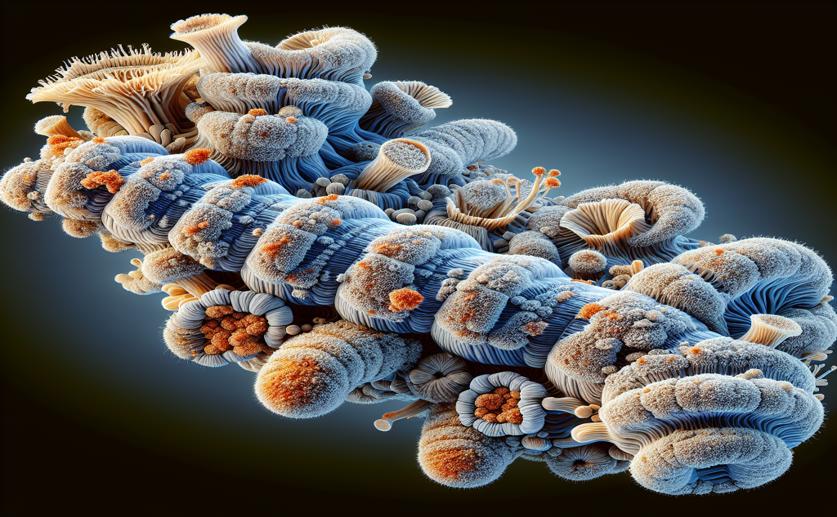
Mapping Vital Compounds in the Caterpillar Fungus with Advanced Imaging
Jenn Hoskins
18th February, 2024

Image Source: Natural Science News, 2024
References
Main Study
1) Tissue distribution of metabolites in Cordyceps cicadae determined by DESI-MSI analysis.
Published 17th February, 2024
https://doi.org/10.1007/s00216-024-05188-x



 8th February, 2024 | Jim Crocker
8th February, 2024 | Jim Crocker